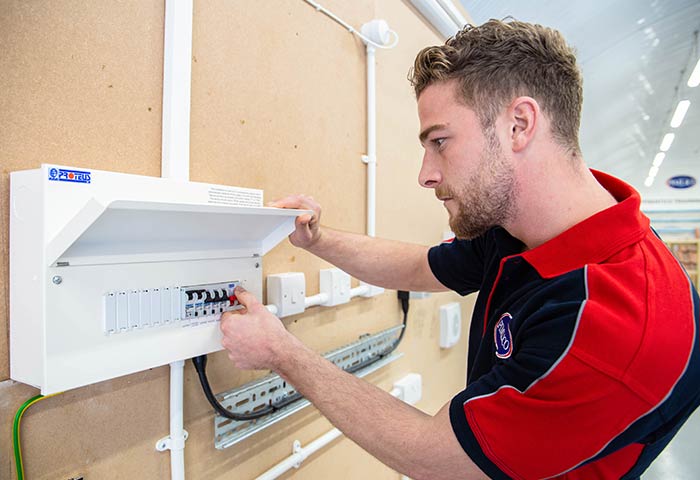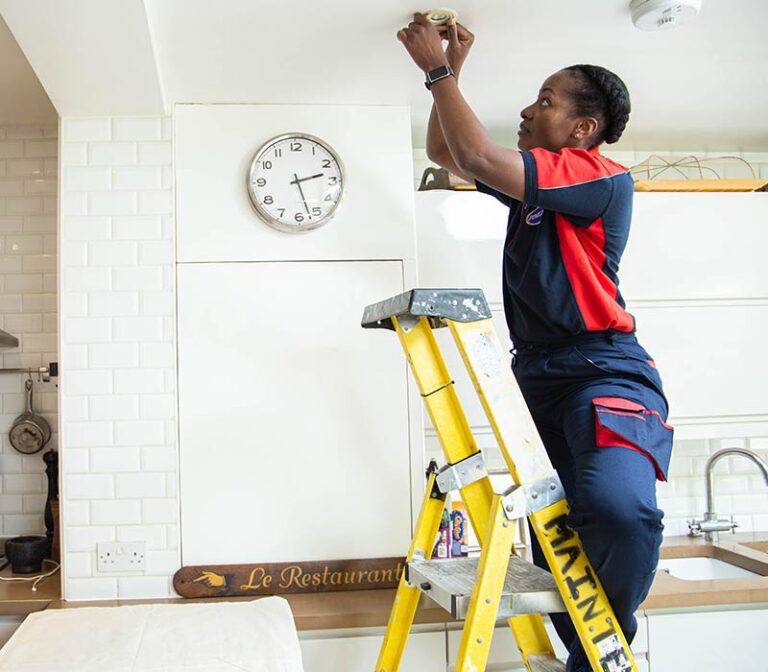An electrical installation condition report (EICR) assesses the electrical installation within a property. Reviewing the condition of your electrical wiring, fuses, switches and sockets, the report identifies any damage, deterioration or hazards and provides recommendations for safety improvements.
If you are a homeowner, it is recommended that you conduct an electrical safety check every 10 years. However, if you’re a landlord, you must renew your EICR every 5 years or when your tenancy changes – failure to do so can result in a £30,000 fine. So, don’t wait – call our expert electricians today.


